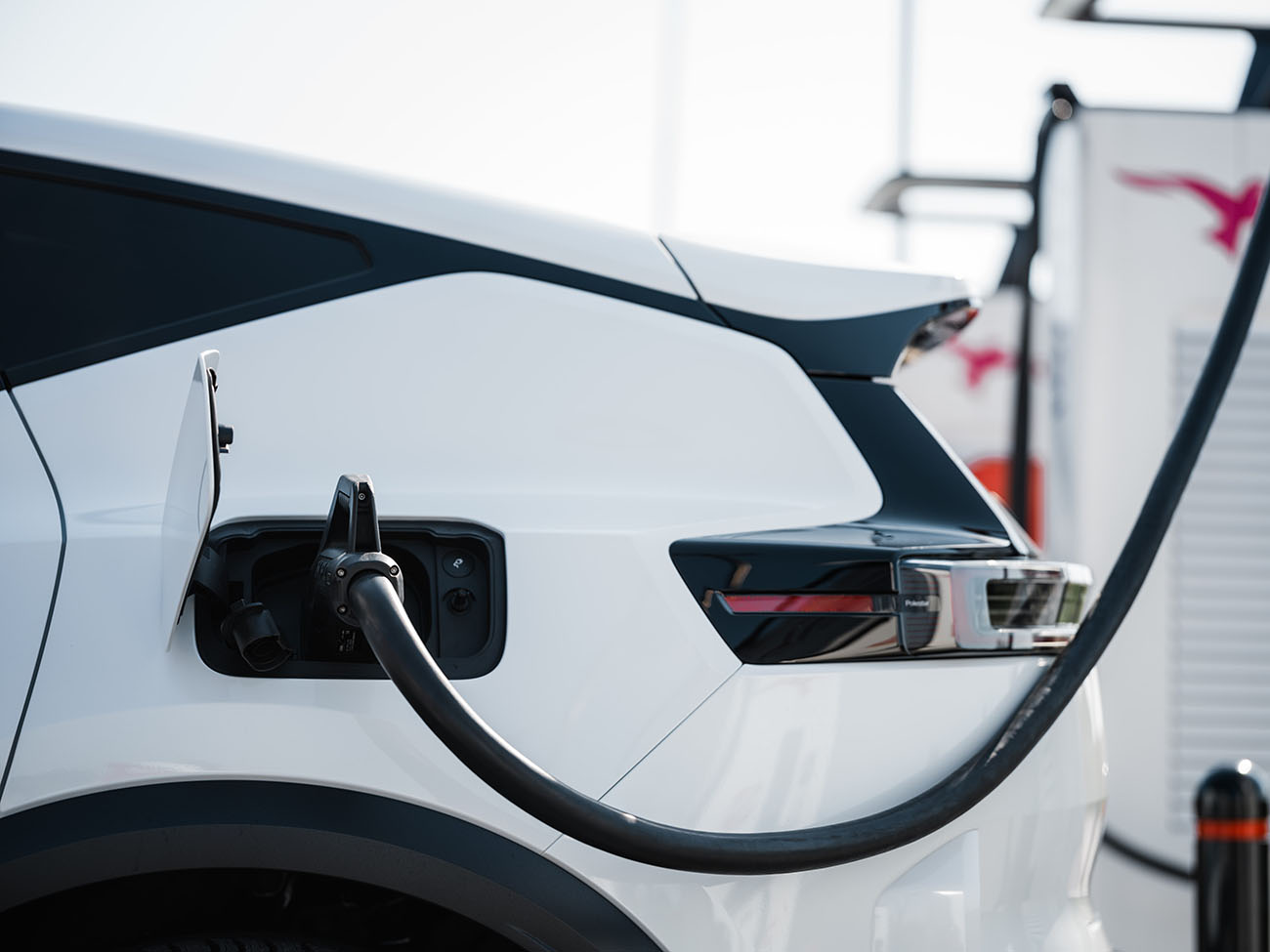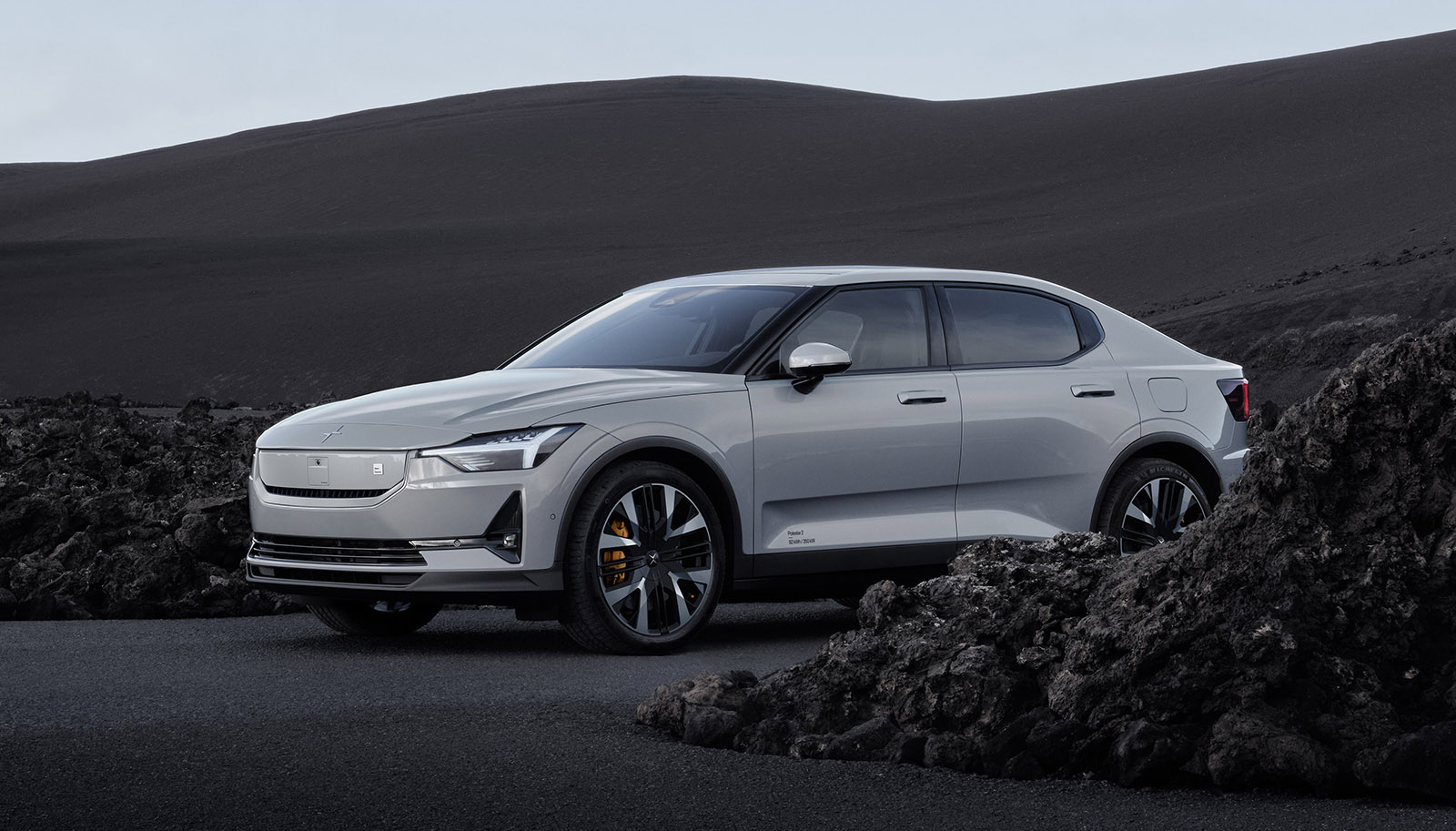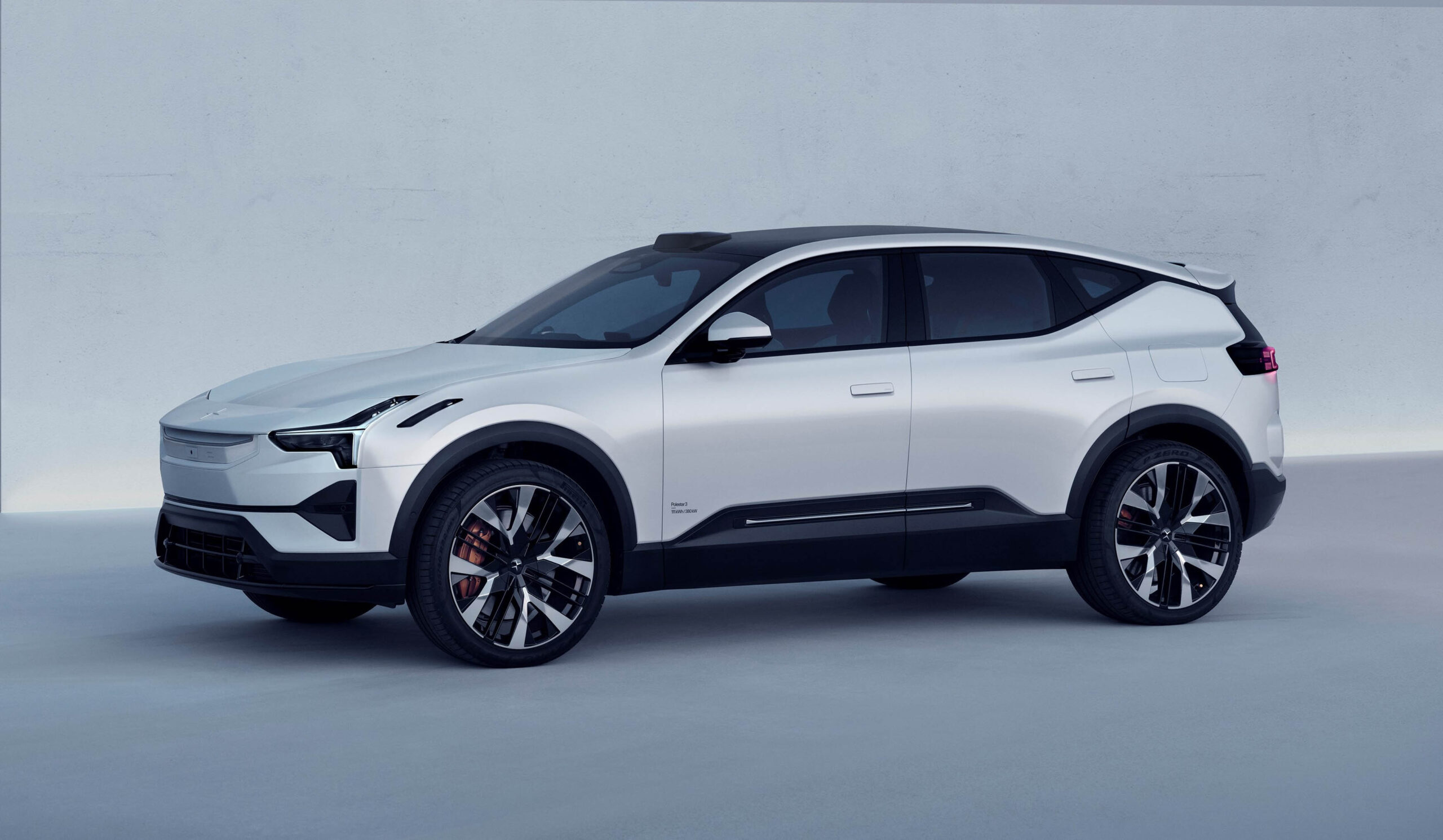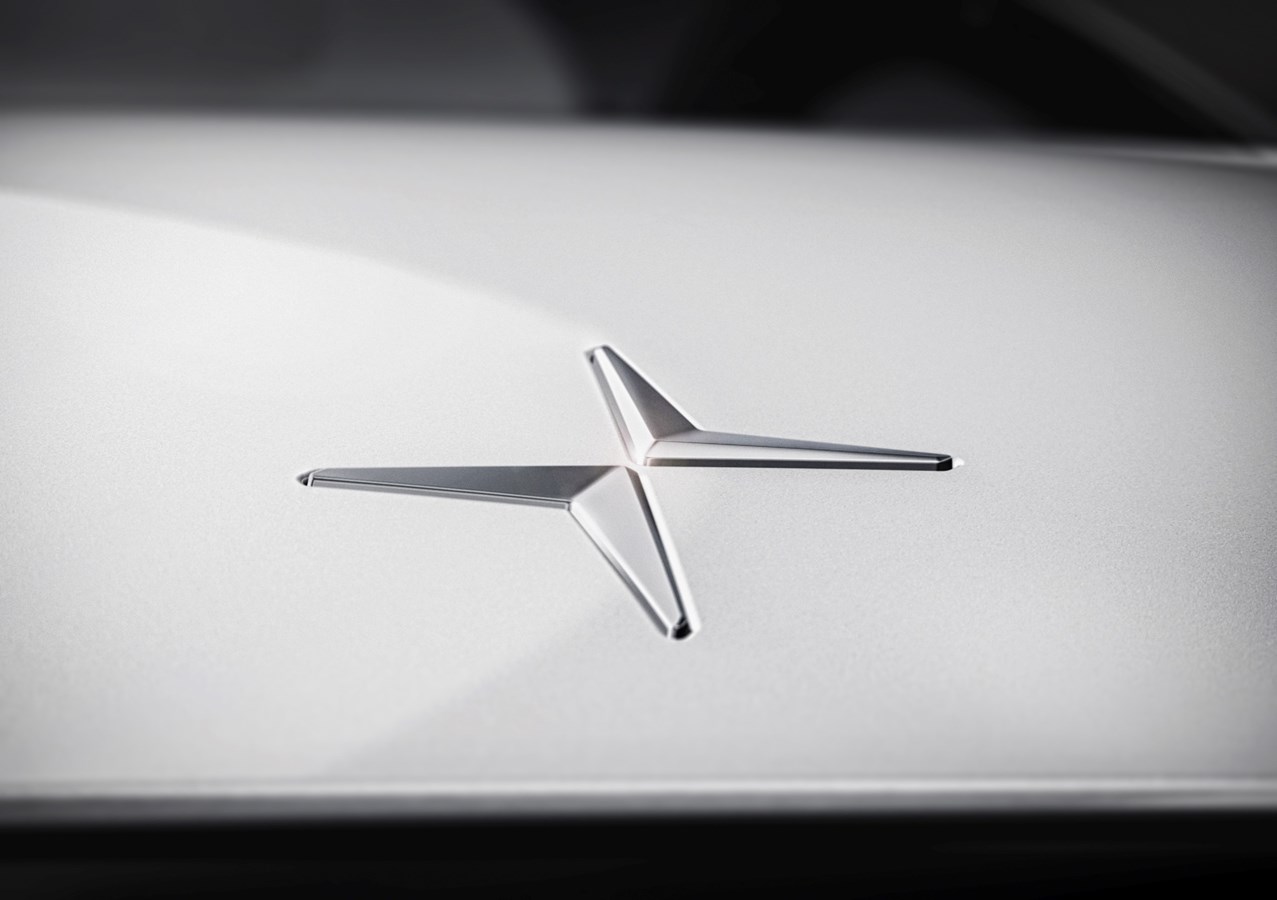Swedish electric vehicle (EV) maker Polestar announced a revised business strategy on Thursday, delaying its timeline for achieving profitability and expanding its market presence. The company cited challenging market conditions, including falling global EV demand and intensified competition from manufacturers like Tesla and Volkswagen Group.
Polestar, backed by China’s Geely, now expects to achieve positive free cash flow after investments in 2027, revising its earlier forecast of late 2025. The company also downgraded its revenue projections for 2024, anticipating a mid-teens percentage decline and a negative gross margin. These adjustments come as Polestar works to stabilize operations under new leadership, including a recently appointed CEO and key executives.

Shares of the company, which have fallen 90% since its public debut in June 2022, dropped nearly 14% following the announcement.
To address its financial challenges, Polestar secured over $800 million in term loan facilities to refinance existing obligations, increasing its total debt to approximately $4.4 billion. It is also pursuing an additional $400 million loan facility expected to close later this month. The company is exploring a reverse stock split to maintain its Nasdaq listing after its stock price dropped below the $1 threshold.
Polestar has also adjusted its expansion plans, postponing entry into markets beyond France until 2026 or later. Despite these delays, the automaker remains optimistic about long-term growth, targeting a 30%-35% compounded annual increase in vehicle sales over the next three years.

In response to tariff concerns on Chinese-made vehicles, Polestar has begun diversifying its production locations. The company plans to produce the Polestar 4 in South Korea by late 2025 and manufacture the Polestar 7 compact SUV in Europe.
Polestar aims to simplify its operations by transitioning to a single-vehicle platform following the launch of the Polestar 7, reducing development costs and complexity.
Third-quarter revenue fell 10% year-over-year to $551 million, impacted by increased discounts, slower ramp-up of new models, and weaker global sales of the Polestar 2. The company plans to release its fourth-quarter results on March 6.














